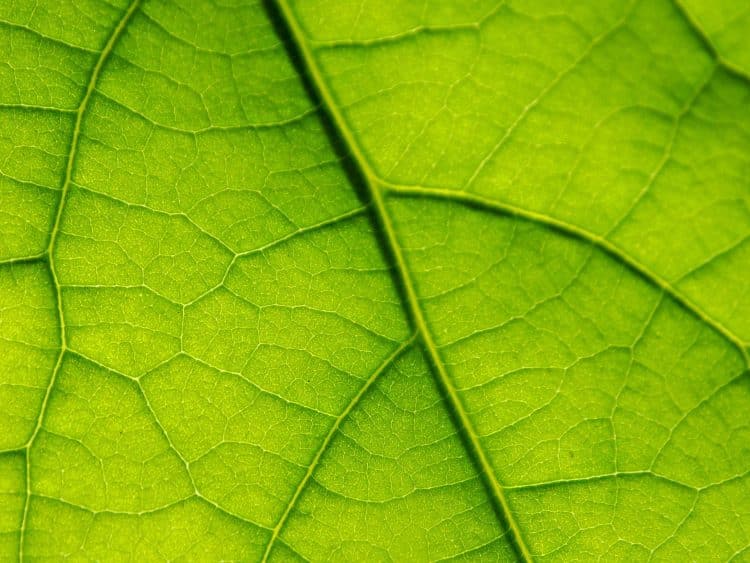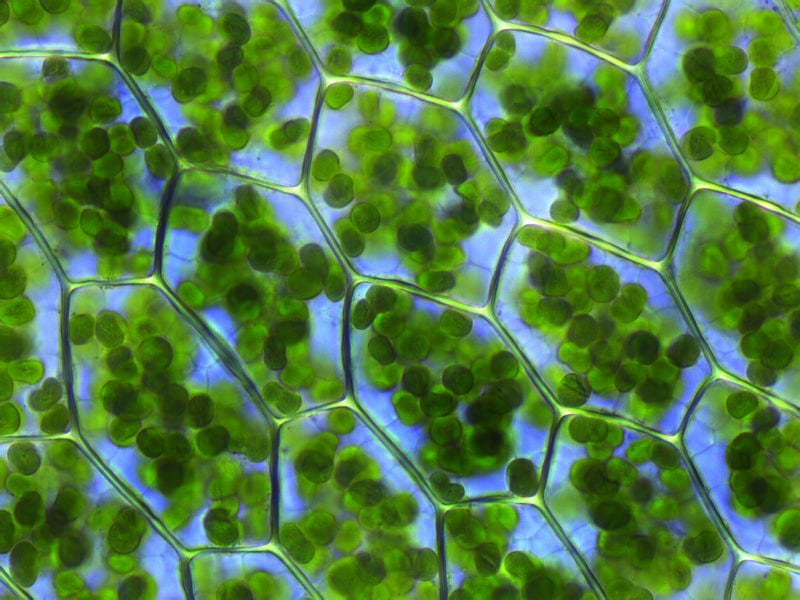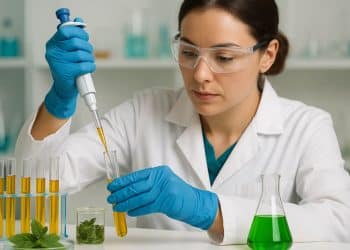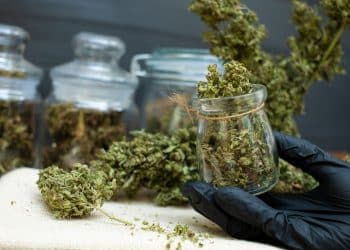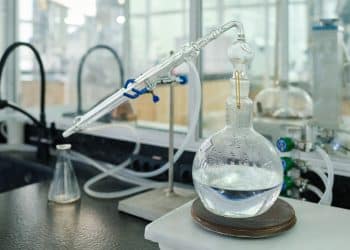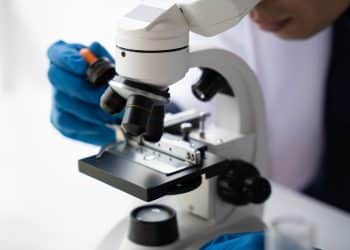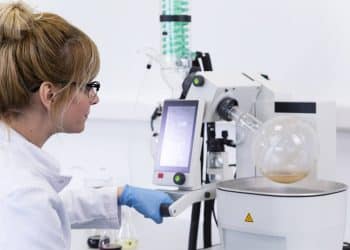When it comes to cannabis and other botanicals, chlorophyll is commonly grouped into the “undesired compounds” club. Although there are some potential health benefits, the smell and taste is popularly compared to fresh hay. In cannabis, it may contribute to a harsh, unpleasant consumption experience. Activated carbon, silica, and clay are among the tools that cannabis extractors use to remove chlorophyll, but these are imperfect since they reduce yield by adsorbing some desired compounds as well.
Because it reflects green light (absorbing red and blue light for photosynthesis), chlorophyll also adds a strong green color. [1] Chlorophyll pigments thus pose an additional challenge for analytical testing. They interfere with the accurate measurement of other compounds. As such, a recent study by Kim et al [1] emphasized the need for “reliable, rapid, and reproducible methods for the specific removal of chlorophylls in botanical [extracts]…” Referring to chlorophyll as a “nuisance compound” in analytical testing, the researchers developed a method to knock out the chemical from extract samples (i.e., chlorophyll knock-out extracts).
Chlorophyll. Kristian Peters/Fabelfroh; CC BY-SA 3.0
Namely, they used countercurrent separation (CCS), a type of liquid-liquid extraction. CCS uses two liquid phases made of solvent mixtures. In this case, the solvent system consisted of hexanes, ethyl acetate, methanol, and water (equal volumes; also known as HEMWat). The researchers also employed a centrifugal partition chromatography (CPC) instrument for “faster fractionations of relatively large amounts of sample.”
The samples in question consisted of extracts from Epimedium sagittatum (horny goat weed), Senna alexandrina (Senna leaf), and Trifolium pretense (red clover). The horny goat weed and Senna leaf were extracted with multiple solvents to form complex dark brown concentrates. Sonication during extraction helped ensure dark green color and high chlorophyll for the red clover extract.
Using CPC, it took 45 minutes to produce the chlorophyll knock-out extract (30 minutes; elution) and subsequent chlorophyll-rich fraction (15 minutes; extrusion). Both were then subjected to phytochemical analysis using tools such as nuclear magnetic resonance. This indicated that the method had effectively partitioned chlorophyll and its derivatives while otherwise preserving the composition of the original extracts. Additional findings included:
- The chlorophyll fraction represented over 21% of the dark-green red clover extract’s original weight.
- Although the Senna leaf and horny goat weed were dark brown, the chlorophyll fraction represented almost 13% of their total original weight.
- Overall recovery was above 95%, indicating minimal sample loss.
The authors thus concluded that their “cleanup process adequately preserves the metabolomic diversity as well as the integrity of the original extracts,” while being “sufficiently rapid for the ‘degreening’ of botanical extracts in higher-throughput sample preparation…” [1]
While the method is not proposed for industrial producers seeking remediation, it may represent a helpful tool to remove chlorophyll quickly and effectively to analyze botanical extracts.
Header image: tomekwalecki from Pixabay
Reference
- Kim SB, et al. Selective chlorophyll removal method to “degreen” botanical extracts. Journal of Natural Products.2020;83(6). [Journal Impact: 3.779; Times Cited: n/a]
